How does it work in layman terms?
The version 1 fuel cell takes advantage of salt bridge principles that allow ions to be exchanged from cathode to anode without directly touching. As green micro algae absorbs co2 and sunlight, it releases oxygen as ions in the water. The other side of the half cell is where the bacteria rich waste water is pumped through. the bacteria that grows on the inside of the cell and the anode absorb oxygen as part of their life cycle and breaking down food into nitrates. When the bacteria absorb the oxygen they also respirate CO2, which the green algae absorbs as well. The respiration does not work well through the salt bridge , but that is where version 2 comes in with a semi permeable membrane of cellophane that allows co2 and oxygen to exchange through the half cells carrying ions with them that encourage the electrical output from the electrodes.
 Josh Starnes
Josh Starnes
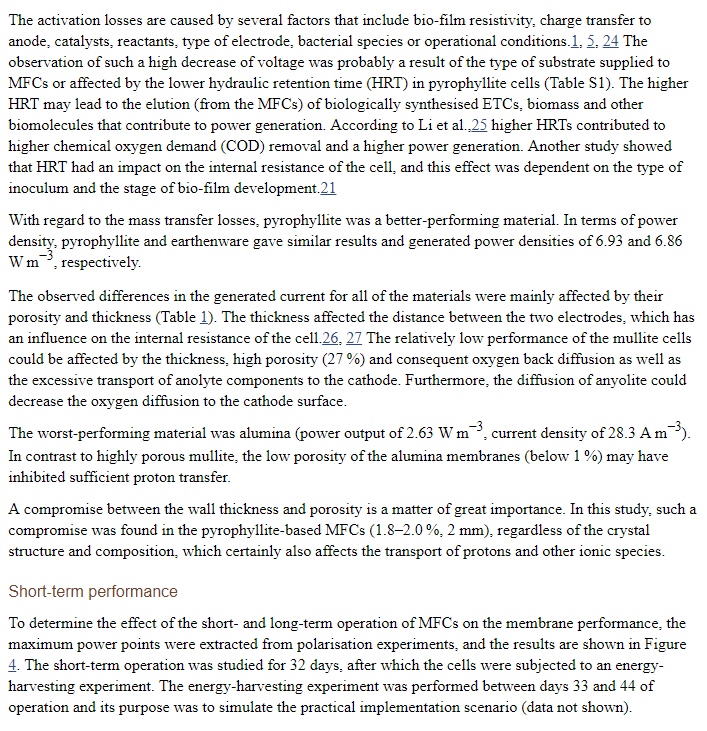
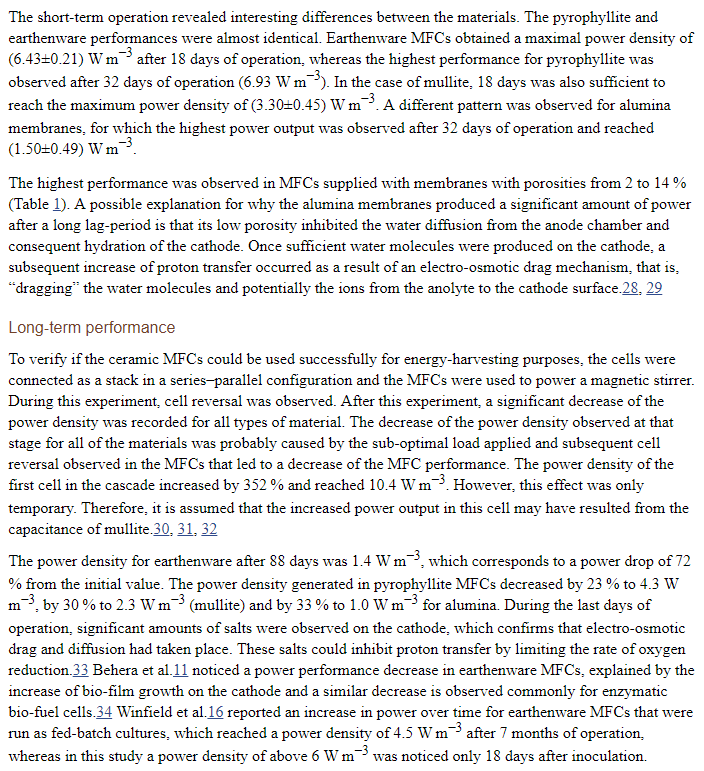

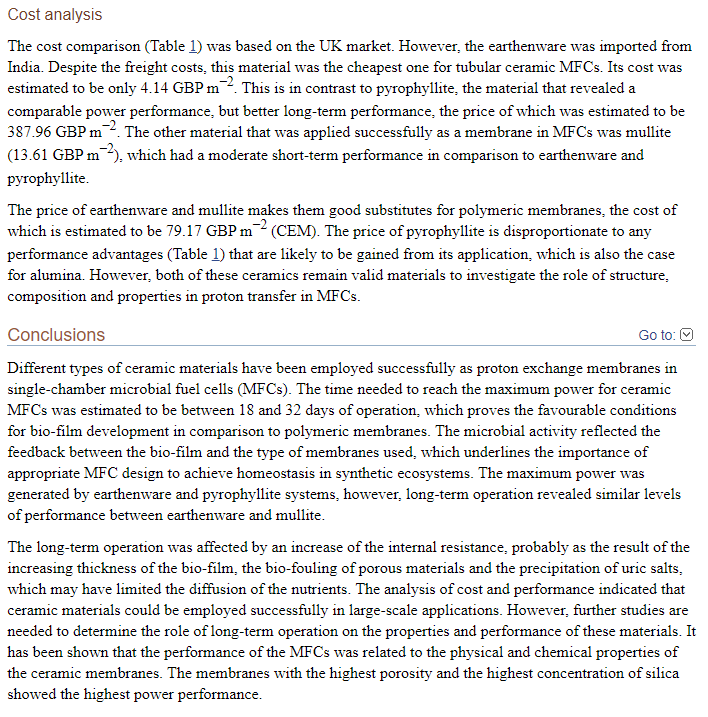
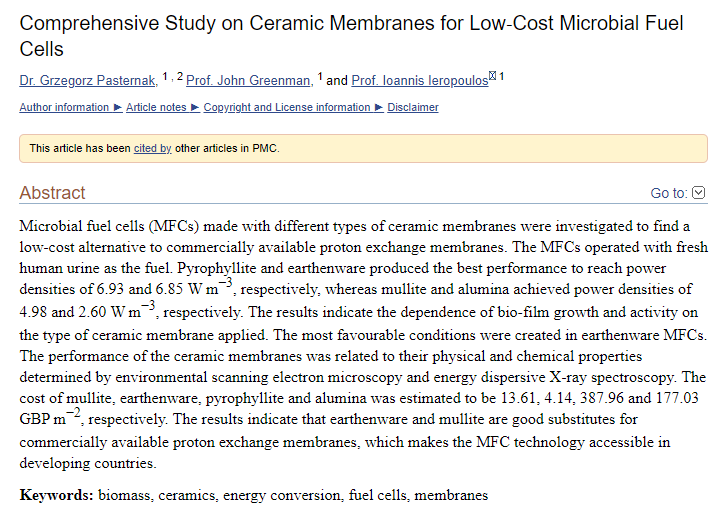
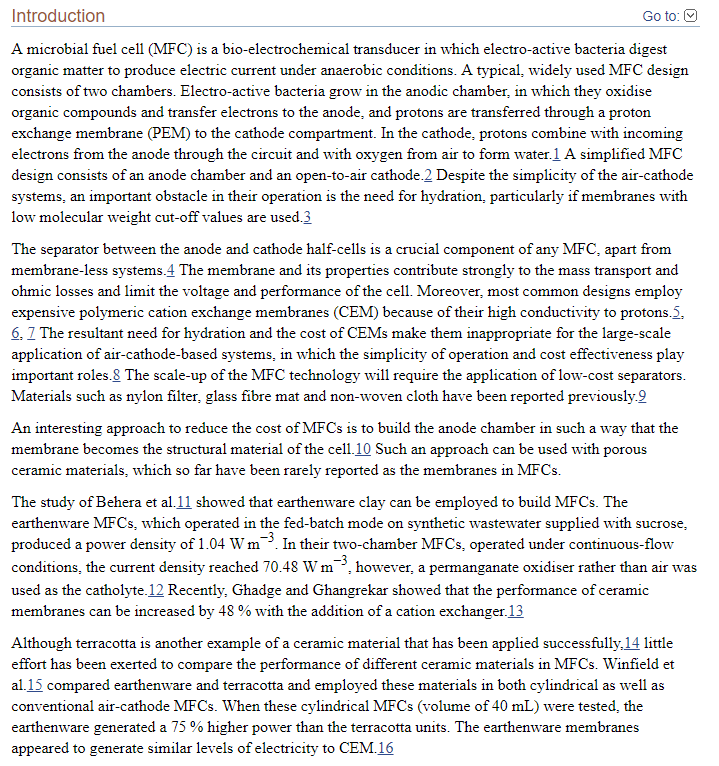
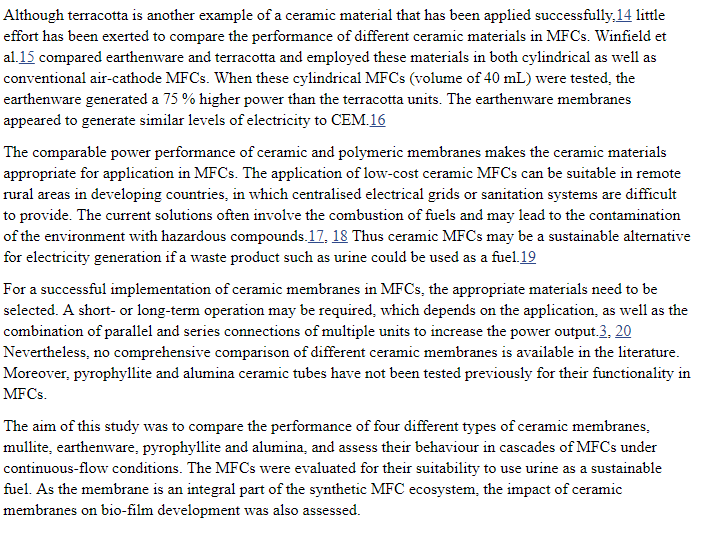
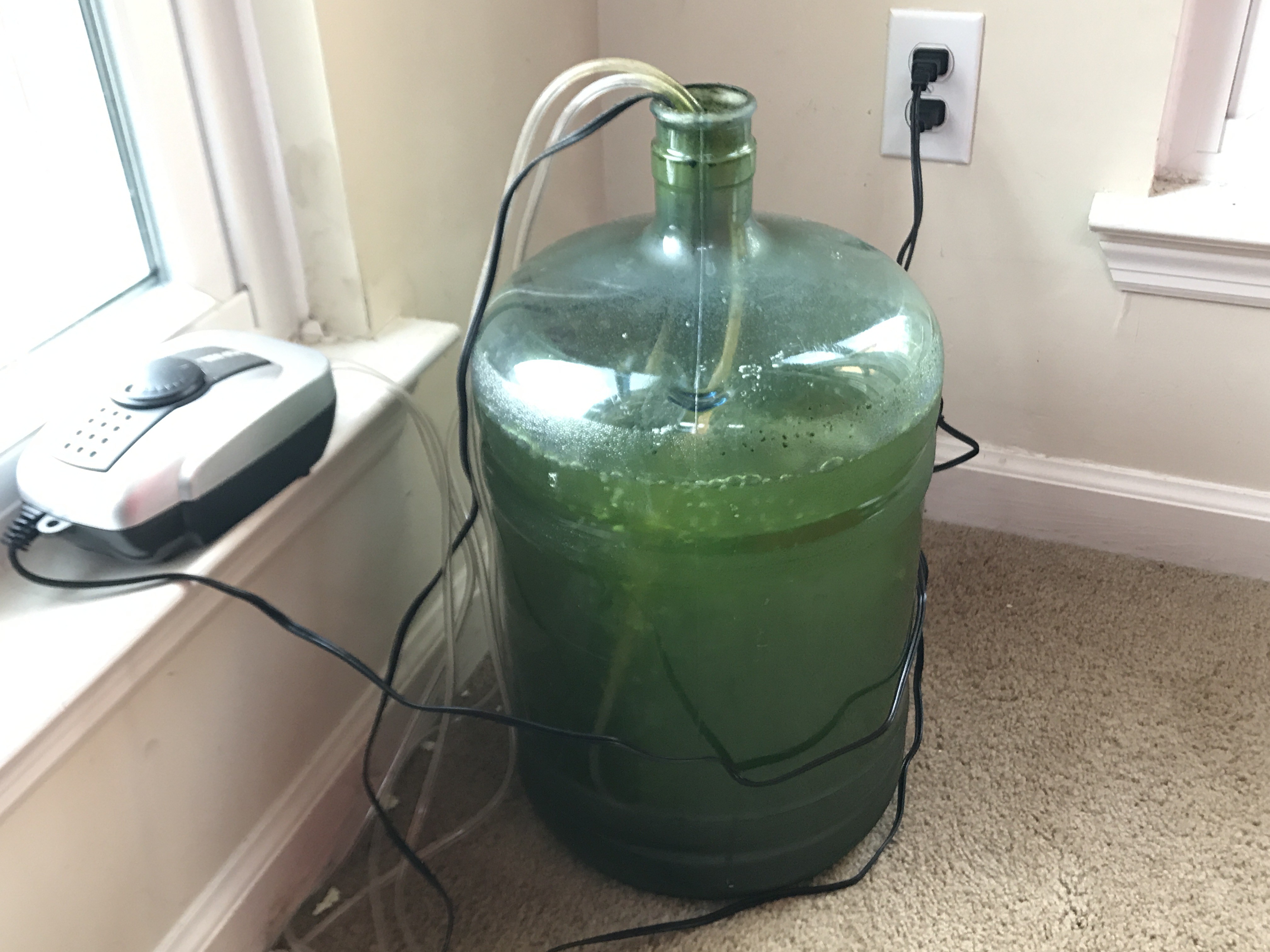
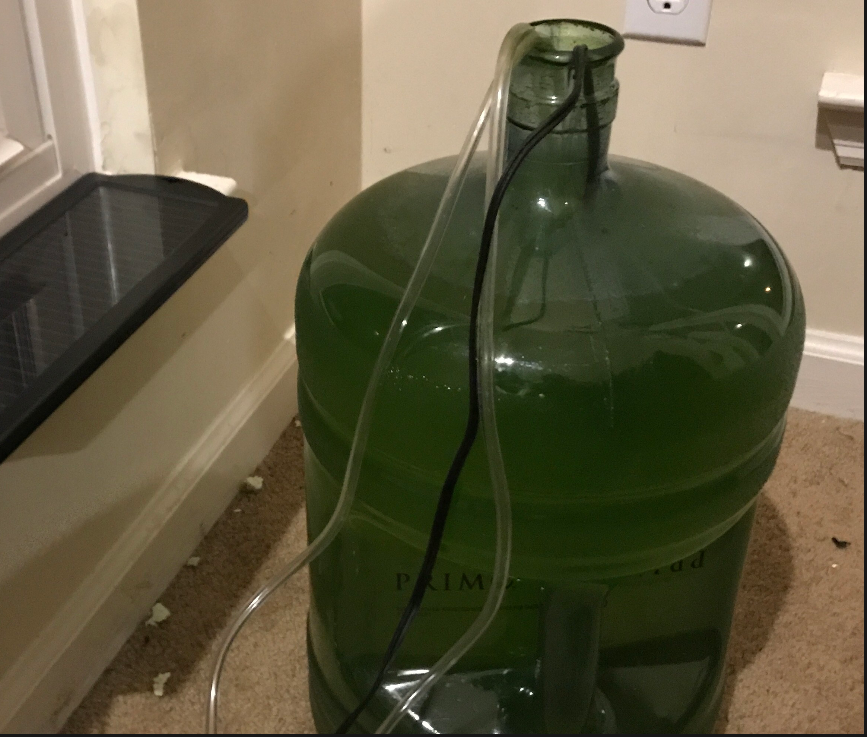
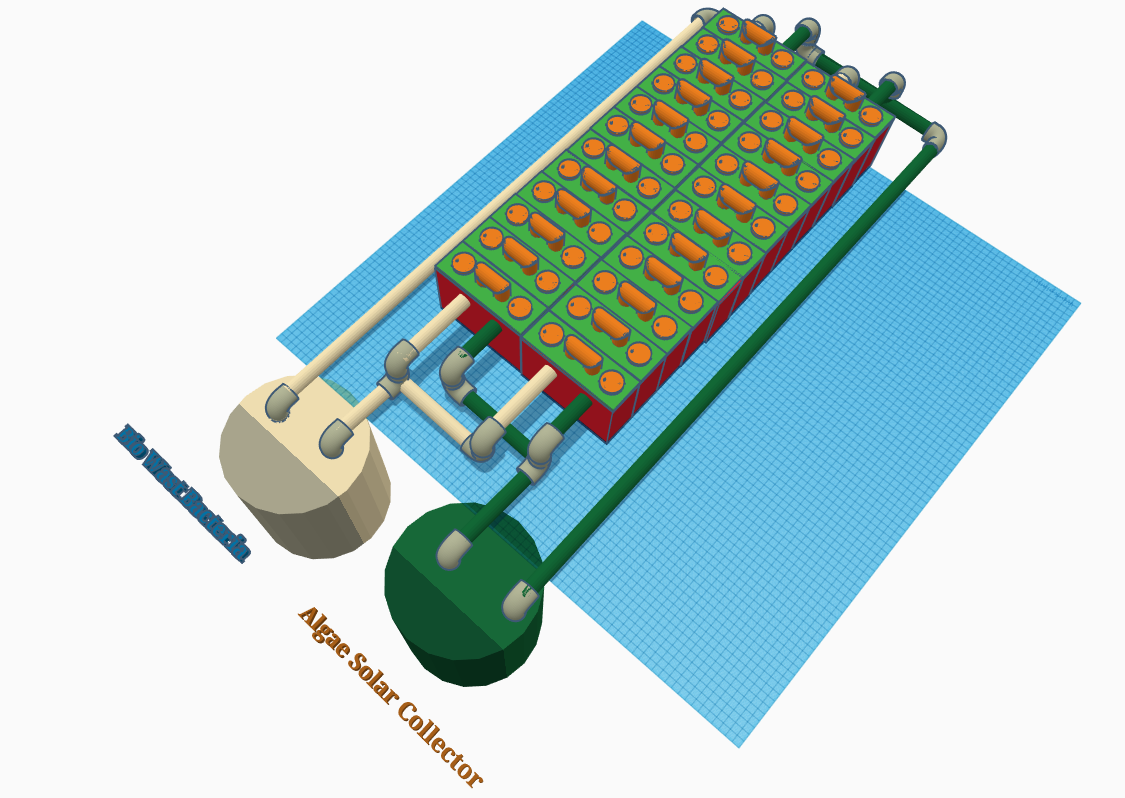
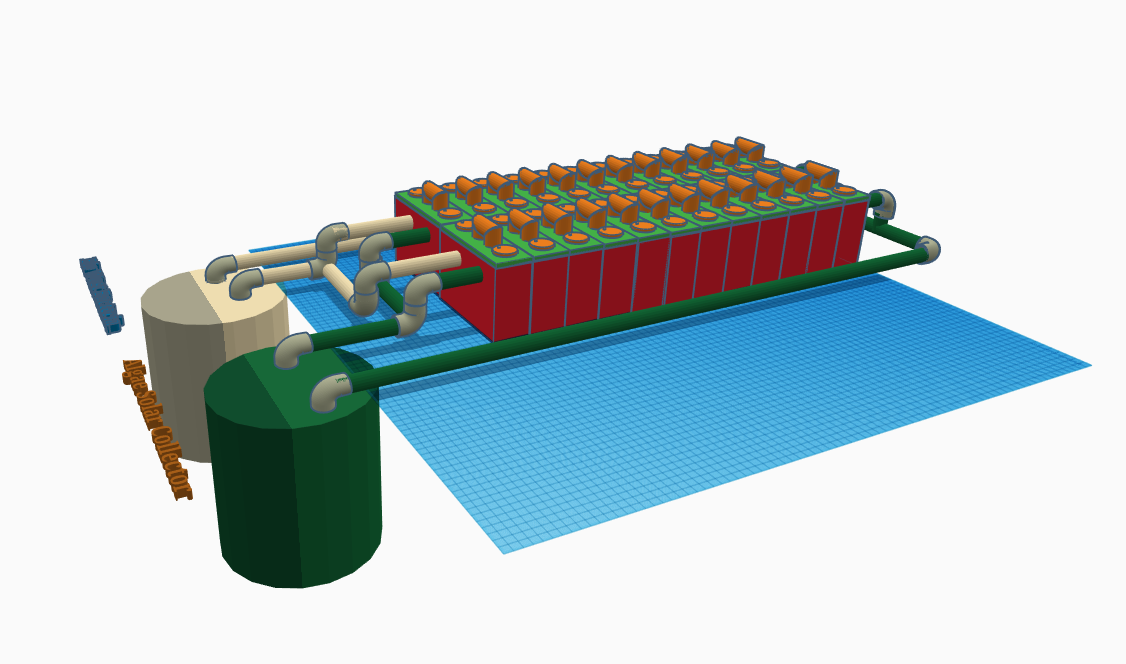




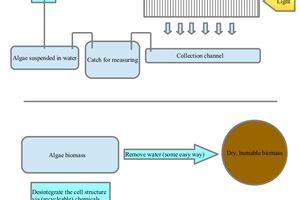

 MECHANICUS
MECHANICUS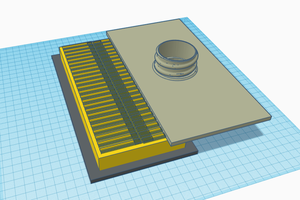
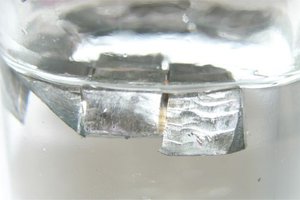
got a phone charging on it !